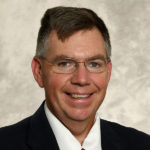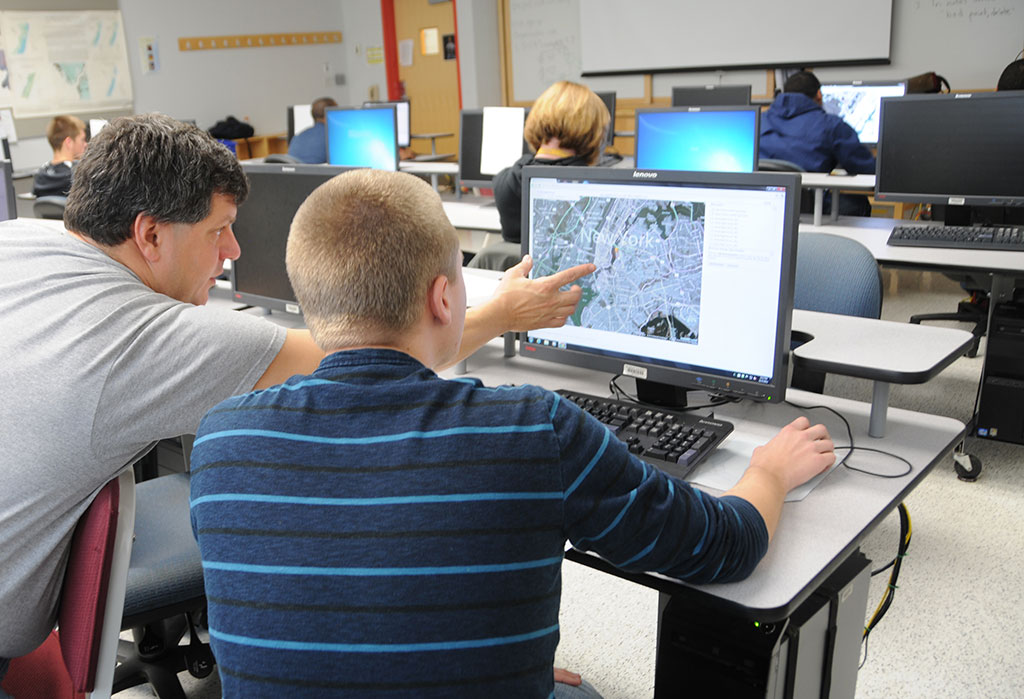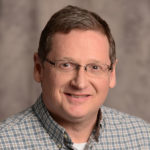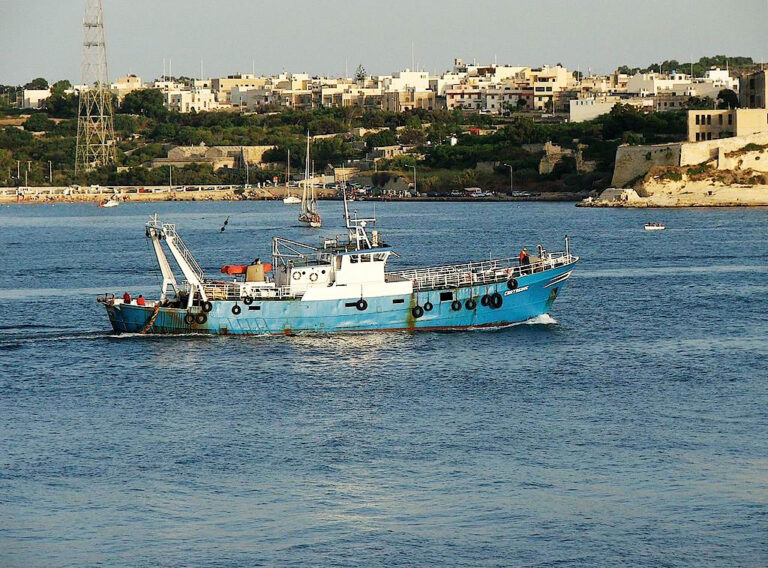Program Profile: Salisbury University – GIS

GIS has been taught at Salisbury University since at least the early nineties, says Dr. Michael Scott, a graduate of the Department of Geography and Geosciences and now a professor in the department and dean of the Henson School of Science and Technology. Continuing the success of their GIS program, in 2007, the department expanded into graduate education with their M.S. in GIS Management (MSGISM).

“We realized that our students were doing very well in terms of finding employment and working in the field,” said Dr. Andrea Presotto, director of the MSGISM. “But the organizations they worked for were not particularly strategic about managing their GIS implementations.”
The new M.S. program was conceived as a combination MBA and GIS degree, to better equip students with the skillsets necessary to become not only effective GIS practitioners, but also address this gap in data management and become leaders in public administration, grant writing, enterprise operations management, and a host of other skills beyond the technical level. This outside-the-box thinking and response to employment realities have elevated the program to one of the most respected departments on campus.
A Regional Approach
On Maryland’s Eastern Shore, agriculture, tourism, fisheries, residential and commercial development all face challenges in response to increasing climate change. The Department of Geography and Geosciences at Salisbury University has positioned itself as a big part of the solution for the communities in the region. In 2004, department faculty formed the Eastern Shore Regional GIS Cooperative (ESRGC), which Dr. Scott directs, to help organize the region’s small towns to pool their resources for much-needed GIS project support.
“One small town doesn’t have the ability for a GIS staff to do data collection and analysis. If you put seven or eight little towns together, suddenly there are enough resources to hire somebody to actually get that done,” explains Scott.
[Our students] are able to get this very intensive, on-the-job experience, but the only way that works, of course, is the ESRGC has to know that the quality of the students getting GIS education coming out of the department is great, because they’re going to put them right to work.”
—Michael Scott
An outreach unit of Salisbury University and joint effort between a collection of Maryland Eastern Shore regional councils and the university, the ESRGC has grown to include 10 full-time staff, nine of whom are alumni of the department. In good years, Scott estimates that the cooperative hires anywhere from 25 to 30 interns from the department, where they acquire the invaluable real-world experiences and skills needed to move directly into professional GIS positions, even before they graduate.
“[Our students] are able to get this very intensive, on-the-job experience,” Salisbury University’s Dr. Michael Scott explains, “but the only way that works, of course, is the ESRGC has to know that the quality of the students getting GIS education coming out of the department is great, because they’re going to put them right to work.”

If you build it, they will come…
Students and alumni of the Department of Geography and Geosciences have earned an excellent reputation throughout the region, a credit to the dedication of the department’s faculty, and their student-centered approach. As Dr. Art Lembo, a professor in the department and Technical Director of the ESRGC explains, this starts with the physical building itself:
“We requested the faculty offices be located in an off-hallway suite that allows our doors to be open all the time, so the students can better interact with the faculty. We made structural changes to accommodate better interaction, because it’s just in our DNA to give the students this kind of experience.”
It trickles into [our students] bringing their friends, who can become majors as well.”
—Dr. Andrea Presotto
Dr. Dan Harris, a professor and chair of the department, notes that unlike other academic buildings on campus, which typically close at midnight, the Geography and Geosciences faculty years ago made a special request to the president of the university to allow the department lab to remain open 24 hours to provide students with the opportunity to be in the building at any time. This level of attention to detail concerning the physical learning space is representative of the student-first, innovative thinking that has set the program apart.
“It trickles into [our students] bringing their friends, who can become majors as well,” Dr. Andrea Presotto, Geography and Geosciences professor at Salisbury University.

“We have faculty who are really good at getting [undergraduate students] in for field courses, and we embed field experiences in their classes. It’s really important to show the students that it’s not just a discipline where we come in and lecture in a classroom, and you walk away and read a textbook. We actually want them to get out and see it,” says Dr. Dan Harris, department chair.


